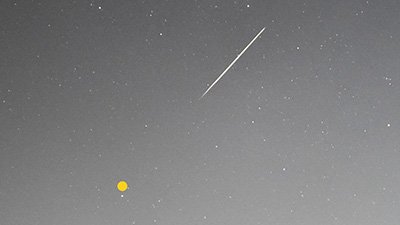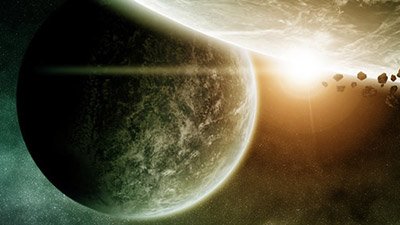
The Leonid Meteor Shower: Evidence for a Young Universe!
Astronomers and sky watchers all over the world are preparing for one of the most spectacular Leonid sky shows since 1966. Every year between November 16-18, the Earth passes through a stream of dust and debris that is left behind by Comet 55P/Tempel-Tuttle. It is this dust and debris trail which produces the display known as the “Leonid Meteor Shower.” Comet 55P/Tempel-Tuttle orbits the Sun once every 33 1/4 years, usually producing a more dazzling display in that year. The last great meteor storm took place in 1966.
So what has the Leonid Meteor Shower to do with evidence for a young universe?
Each time Comet 55P/Tempel-Tuttle passes close to the Sun, it becomes a little smaller as its surface melts and sheds more dust, debris, and liquid. With an orbit of 33 1/4 years, this process of losing material could not have occurred for more than a few thousand years. This relatively short life-span poses a challenge to evolutionists and old-Earth creationists. Evolutionary astronomers have spent much time developing scenarios to explain the existence of comets in a 4.6 Ga Solar System. However, many questions and problems still remain.
For more information on this subject, see the following article: Comets and the Age of the Solar System

Answers in Genesis is an apologetics ministry, dedicated to helping Christians defend their faith and proclaim the good news of Jesus Christ.
- Customer Service 800.778.3390
- © 2024 Answers in Genesis



